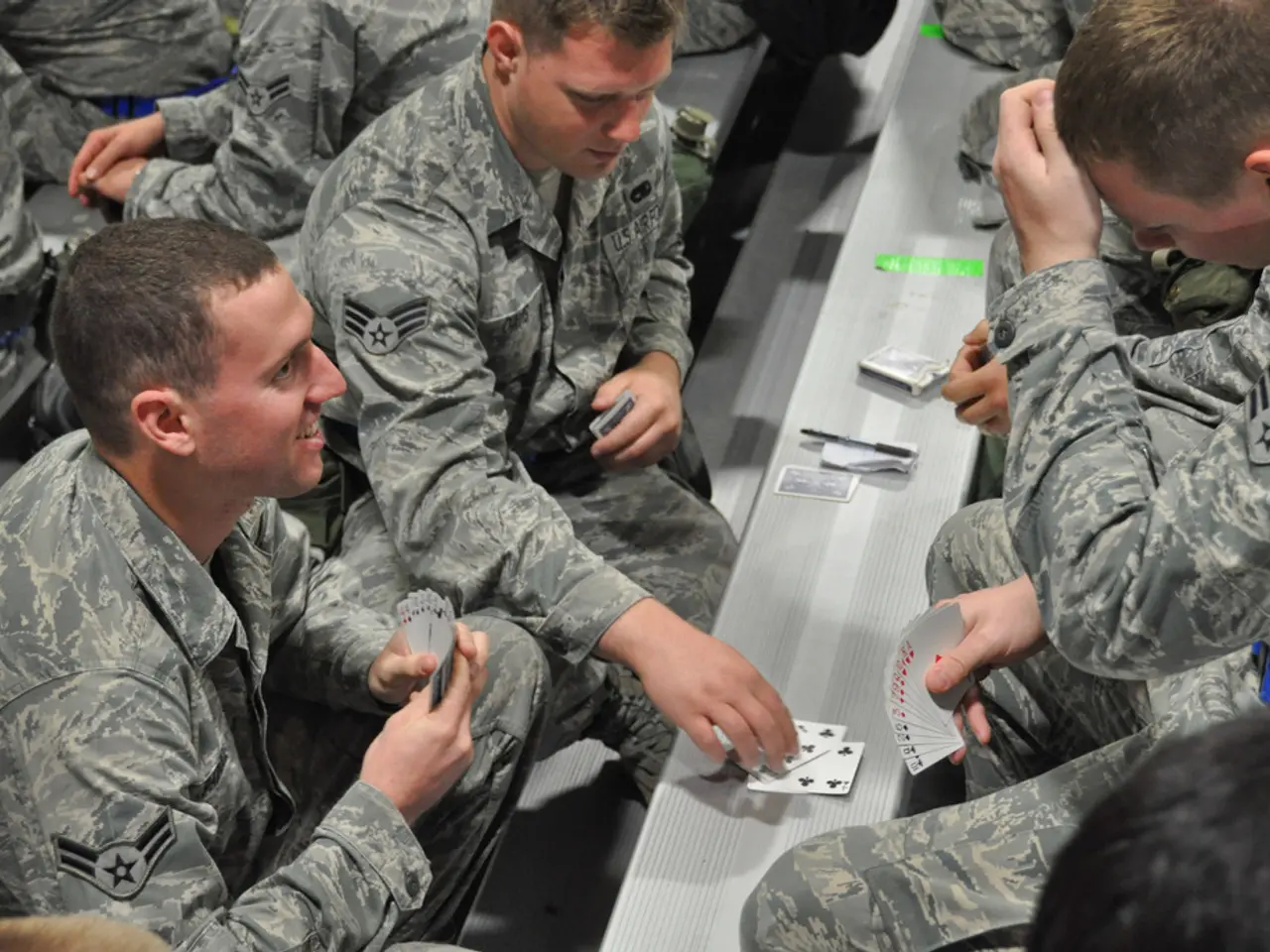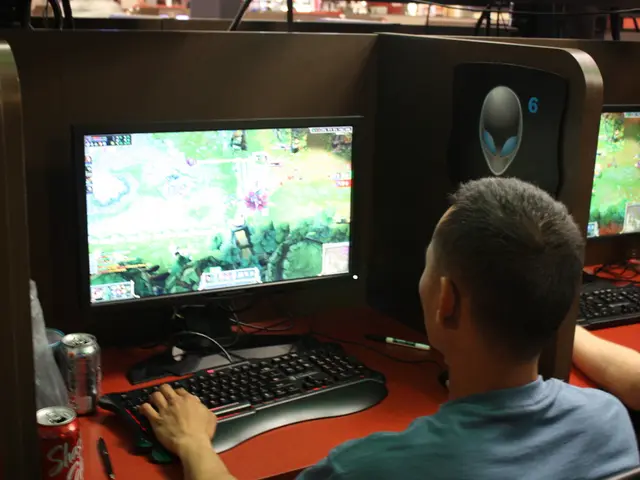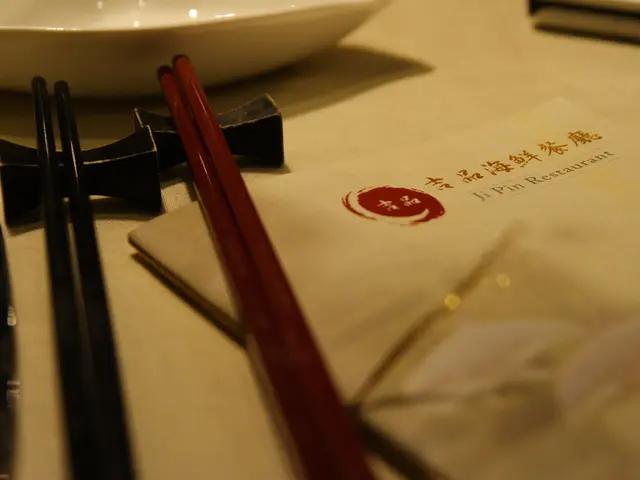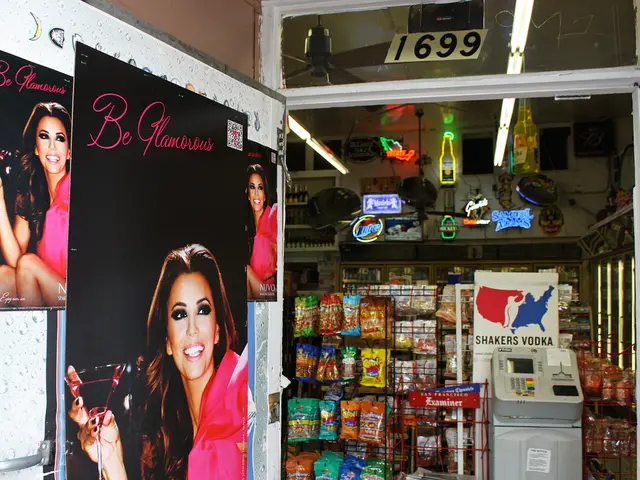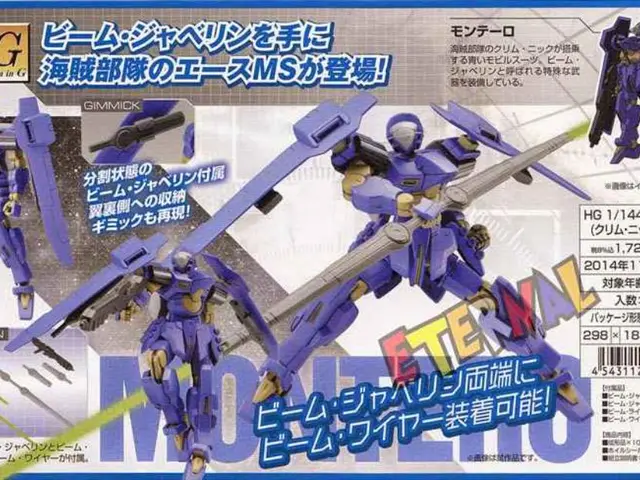Understanding Poker Seating Strategy: How Your Seat Can Impact Your Winning Chance!
In the world of poker, position plays a pivotal role in shaping strategy, decision-making, and profitability. The player's location relative to the dealer button, which moves clockwise after each hand, significantly influences the game's dynamics[1][2][4].
Three primary poker positions can be identified: Early Position (EP), Middle Position (MP), and Late Position (LP). Each position offers unique advantages and challenges, requiring players to adapt their strategies accordingly.
**Early Position (EP):** Players in early position, such as Under the Gun (UTG) or UTG+1, act first and have the least information about opponents' intentions[2][4]. As a result, strategy here must be tight—play only premium hands like high pairs (AA, KK, QQ) and strong broadway cards (AK, AQ)[2][4]. Aggressive play is recommended; raising instead of limping (calling) can help reduce the number of opponents and simplify post-flop play[4]. The key is to enter fewer pots, but do so with strength to mitigate the positional disadvantage.
**Middle Position (MP):** Middle positions allow for a slightly wider range of playable hands, including small pairs and suited connectors, because you have some information from early-position players but still need to consider those acting after you[2]. Flexibility increases in these seats, but caution is still warranted, especially against aggressive late-position players. You can steal pots from time to time, but your bluffing opportunities are more limited than in late position.
**Late Position (LP):** Late position—especially the hijack, cutoff, and button—is where the greatest strategic advantage lies[1][2]. Here, you see how most of the table acts before you, allowing you to widen your range, steal blinds, float with weaker hands, and bluff more effectively[1][2]. You can call, raise, or fold with much more confidence, leveraging your position to control the pace and size of the pot. For example, raising with Ace-Ten suited on the button after everyone folds is often profitable, not just because of the hand’s strength, but because of the positional leverage over the blinds[1]. However, this power requires discipline; reckless widening of your range can still be costly if opponents are observant[1].
The table below provides a summary of positional strategies:
| Position | Information Advantage | Typical Hand Ranges | Key Strategies | |---------------|-----------------------|----------------------------|---------------------------------------------------| | Early | Least | AA, KK, QQ, AK, AQ | Play tight, enter with strength, raise aggressively| | Middle | Moderate | Some pairs, suited connectors| Moderate range, cautious stealing, avoid traps | | Late | Most | Wide, including bluffs | Bluff, steal, float, control pot, leverage info |
Practical implications include maintaining positional awareness, maximising bluffing opportunities, and controlling the pot size. As table dynamics change, players must continuously reassess their strategy based on opponent tendencies and their current position[3].
In conclusion, mastering the use of position transforms a player from reactive to strategic, turning poker from a game of chance into a contest of information and control[1][2][4]. Early position demands discipline and selectivity; middle position offers more flexibility; late position grants the freedom to dictate action and exploit opponents.
In the realm of casino-games like poker, understanding the significance of position is essential for shaping strategies and making informed decisions. Players in early position, such as Under the Gun (UTG) or UTG+1, should focus on playing premium hands like high pairs (AA, KK, QQ) and strong broadway cards (AK, AQ), using aggressive play to mitigate the positional disadvantage associated with casino-and-gambling games. On the other hand, late position, especially the hijack, cutoff, and button, offers the greatest strategic advantage, allowing players to bluff, steal, float, and control the pot size with a wider range of hands.
